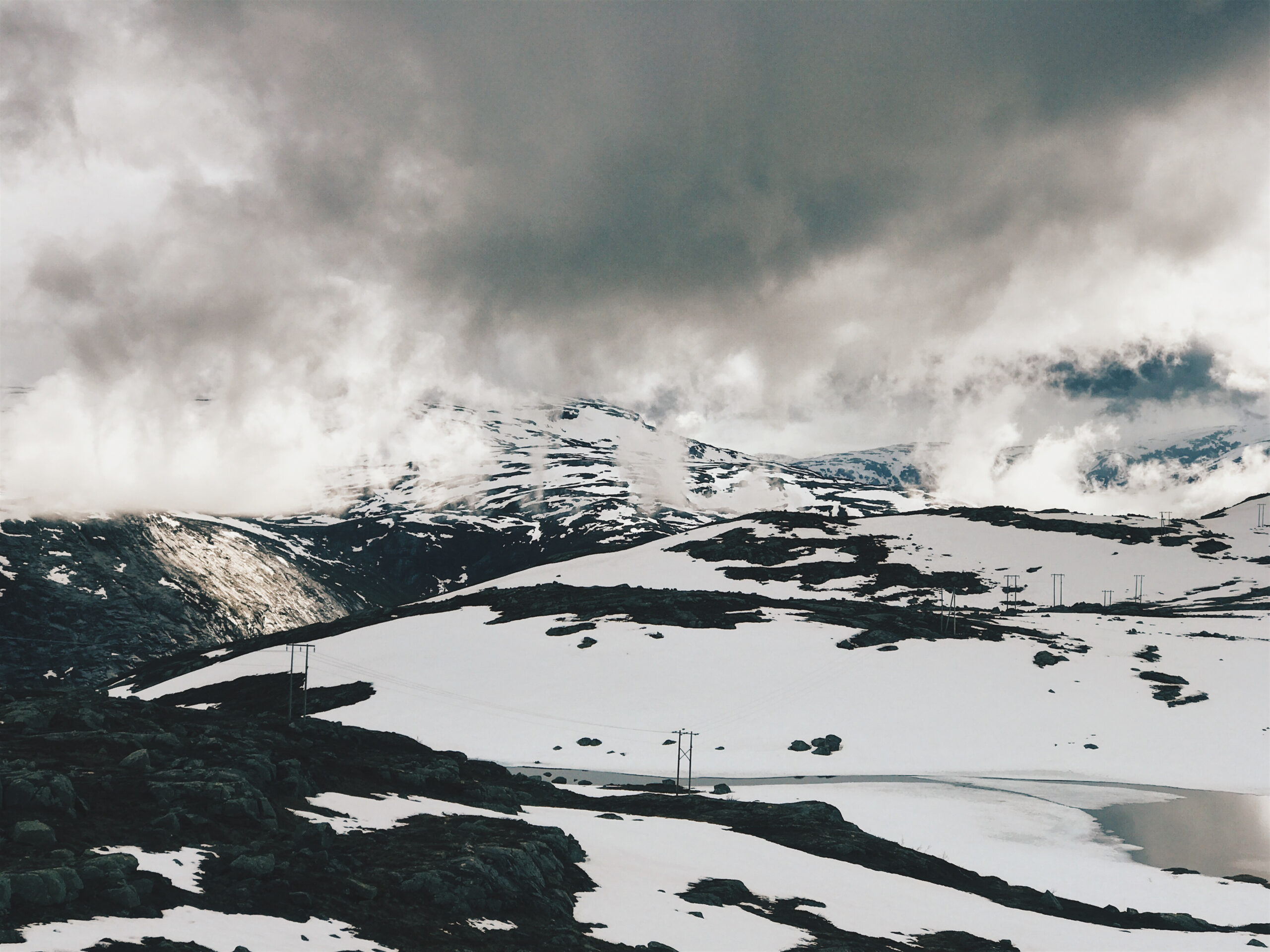Preparing for your adventure on Wales’ highest peak requires understanding the weather Snowdon conditions that can change dramatically throughout the day. The Snowdon weather forecast is essential for any hiker planning to tackle this magnificent mountain, as conditions at the summit can differ significantly from those at the base. Whether you’re a seasoned mountaineer or a casual visitor, knowing what weather to expect on Snowdon could be the difference between an exhilarating experience and a potentially dangerous situation. This guide provides comprehensive information about Snowdon mountain weather forecast patterns, seasonal variations, and reliable forecast resources to help you plan a safe and enjoyable trip to this iconic Welsh landmark.
Snowdon (Yr Wyddfa) Info
At 1,085 meters (3,560 feet), Snowdon (Yr Wyddfa in Welsh) stands as the highest mountain in Wales and England. Located in Snowdonia National Park, this iconic peak attracts over 500,000 visitors annually, making it one of the most visited mountains in the United Kingdom. The mountain features six main walking paths of varying difficulty:
- Llanberis Path (easiest but longest)
- Miners’ Track (moderate, with historical interest)
- Pyg Track (moderate, with spectacular views)
- Rhyd Ddu Path (quieter route from the west)
- Watkin Path (challenging, with the greatest ascent)
- Snowdon Ranger Path (historically the first established route)
For those less inclined to hike, the Snowdon Mountain Railway operates from Llanberis to the summit during good weather conditions. The summit area houses Hafod Eryri, a visitor center that provides shelter, refreshments, and information when open (typically April to October, weather permitting).
The mountain’s diverse ecosystem supports rare alpine plants and wildlife that have adapted to the harsh conditions. This environment is particularly sensitive to the frequent changes in weather forecast Snowdon visitors should prepare for. Understanding the mountain’s geography and facilities is crucial when interpreting weather forecast for Snowdon updates, as different routes and elevations can experience vastly different conditions simultaneously.
The Weather on Snowdon
The Snowdon summit weather can be notoriously unpredictable and often dramatically different from conditions in nearby towns and villages. While Llanberis at the mountain’s base might enjoy sunshine and mild temperatures, the weather Snowdon summit can feature strong winds, thick fog, heavy rain, or even snow—sometimes all in the same day. This weather volatility is due to several factors:
- Elevation: The 1,085m summit creates its own microclimate
- Geographic location: Proximity to the Irish Sea brings moisture-laden air
- Topography: The mountain’s shape affects how air flows around and over it
- Atlantic weather systems: These move quickly across the region
On average, the summit experiences approximately 200 days of rainfall annually, with precipitation more likely in autumn and winter months. Clear, calm days typically occur more frequently between April and September, though never guaranteed. The Snowdon summit weather live conditions can change rapidly, with visibility often reducing from excellent to poor within minutes as clouds envelop the peak.
Statistics show that mountain rescue teams respond to over 200 incidents on Snowdon each year, with many related to inadequate preparation for changing weather conditions. This underscores why checking the weather forecast Snowdon summit before your visit and being prepared for conditions to change is absolutely essential for safety.
Mountain Weather Elements
Temperature
The Snowdon summit weather forecast typically shows temperatures 8-10°C lower than those at the base of the mountain. This temperature difference is crucial to understand when planning your hike. Average temperatures at the summit range from:
- Summer (June-August): 5-15°C (41-59°F)
- Spring/Autumn (March-May/September-November): 0-10°C (32-50°F)
- Winter (December-February): -5 to 5°C (23-41°F)
Wind chill can make these temperatures feel significantly colder. For every 10mph of wind speed, the temperature can feel approximately 3°C colder on exposed skin. This means that even on a summer day with a base temperature of 20°C and summit temperature of 10°C, a 30mph wind could make it feel close to freezing at the top.
Wind
Wind is perhaps the most challenging weather element on Snowdon. The Mount Snowdon summit weather records show average wind speeds of 15-25mph, but gusts regularly exceed 50mph, especially between October and March. On extreme days, wind speeds above 100mph have been recorded.
Wind hazards include:
- Physical difficulty walking (winds above 35mph)
- Risk of being blown over (winds above 50mph)
- Wind-propelled debris or loose stones
- Accelerated hypothermia due to wind chill
- Impaired decision-making due to constant noise and physical strain
The mountain’s topography creates areas where winds accelerate between peaks or through gullies. Crib Goch, a narrow ridge approach to Snowdon, becomes extremely dangerous in high winds and should be avoided completely in such conditions.
Cloud Cover
The weather on Snowdon summit frequently includes cloud cover, with the peak completely obscured for approximately 70% of the year. Cloud not only reduces visibility but also brings additional moisture that can make rocks slippery and paths harder to follow. When caught in cloud:
- Visibility may reduce to less than 10 meters
- Temperature drops rapidly
- Disorientation becomes a significant risk
- GPS navigation tools become essential
- Landmarks used for navigation disappear
Cloud can develop rapidly, often forming first in valleys before rising to envelop the mountain completely. The phenomenon known as “hill fog” occurs when warm, moist air meets the cooler mountain, creating condensation that forms thick cloud around the slopes and summit.
Thunder & Lightning
While less common than other weather hazards, thunderstorms around Snowdon present extreme danger when they do occur. The summit Snowdon weather forecast should be carefully checked for thunderstorm warnings, particularly during summer afternoons when heat can generate storm conditions.
During thunderstorms:
- The summit and ridges become extremely dangerous due to lightning strike risk
- Metal objects (including walking poles) can attract lightning
- Heavy rain can cause rapid formation of streams and slippery conditions
- Quick temperature drops can lead to hypothermia if unprepared
If caught in a thunderstorm, descend immediately and avoid exposed ridges, isolated trees, and metal objects. Seek shelter in lower-lying areas but be aware of potential flooding in valleys.
Winter Weather on Snowdon
Winter transforms Snowdon into a genuine alpine environment where the Snowdon weather summit conditions demand serious consideration and preparation. From November through April, the mountain frequently experiences:
- Snow cover on upper paths and the summit plateau
- Ice formation on popular routes, particularly in shaded areas
- Cornices (overhanging snow formations) along ridges
- Avalanche risk in certain gullies and steep slopes
- Drastically reduced daylight hours (as little as 8 hours in December)
Winter ascents of Snowdon require specialized equipment including crampons, ice axes, and the knowledge to use them properly. The Snowdon summit weather forecast becomes even more crucial during winter months, as conditions can rapidly deteriorate from challenging to life-threatening. Wind-blown snow can create whiteout conditions where the distinction between ground and sky disappears, making navigation extremely difficult even for experienced mountaineers.
Temperature inversions sometimes occur during winter, where higher elevations are actually warmer than valleys, creating a sea of cloud below with clear skies above. While beautiful, these conditions can be deceptive, giving a false sense of security before changing rapidly.
Winter statistics for Snowdon:
- Average number of days with snow lying at summit: 60-80 per year
- Typical winter summit temperatures: -5°C to 0°C (before wind chill)
- Shortest day (December): approximately 7 hours 30 minutes of daylight
- Typical additional time needed for winter ascent: 30-50% longer than summer
Many of the facilities on and around the mountain close during winter months. The Snowdon Mountain Railway typically doesn’t operate, and Hafod Eryri (the summit building) remains closed, meaning there is no shelter at the summit in emergency situations. Cell phone reception can also be compromised by weather conditions, making communication difficult in emergencies.
Good Weather Forecast Resources for Snowdon
Accessing accurate Snowdon summit weather live information and forecasts is essential for planning a safe mountain experience. The following reliable resources provide specific mountain forecasts that are far more relevant than general weather apps:
Met Office Mountain Forecast
The UK’s official meteorological service provides detailed mountain-specific forecasts including:
- Summit and valley temperatures
- Wind speed and direction at different elevations
- Visibility conditions
- Precipitation type and likelihood
- Freezing level height
- Cloud base level
Mountain Weather Information Service (MWIS)
MWIS offers specialized forecasts for Snowdonia with:
- Detailed written summaries of mountain conditions
- Chance of cloud-free summits
- Walking comfort levels
- Overall hazard assessments
- Three-day outlook
Yr.no
This Norwegian meteorological service provides surprisingly accurate hour-by-hour weather forecast Snowdon summit predictions with:
- Precipitation amount and intensity
- Temperature curves
- Wind speed graphs
- Air pressure trends
Snowdonia Weather
A locally-focused service with:
- Real-time weather station data from various points in Snowdonia
- Summit conditions camera images when available
- Historical weather data for comparison
- Local knowledge-based interpretations
Mountain Rescue Weather Apps
The Snowdonia Mountain Rescue teams recommend several apps that provide Snowdon mountain weather forecast information specifically designed for hikers and climbers:
- Mountain Weather UK
- Mountain Forecast
- View From The Hill (includes summit webcams)
For the most reliable planning, check multiple sources 48 hours before your hike, then again 24 hours before, and finally on the morning of your ascent. Remember that all forecasts become less reliable the further ahead they predict, and even the best Snowdon summit weather forecast has limitations in such a dynamic mountain environment.
Many experienced hikers follow the rule: “If two or more reliable forecast sources show concerning weather patterns, postpone your hike.” This conservative approach has prevented countless potential mountain rescue situations.
Weather Preparation for Snowdon Hikers
Understanding the Snowdon weather summit forecast is only the first step—proper preparation based on that forecast is equally important. Even during summer months, hikers should pack:
Essential Weather Protection:
- Waterproof jacket and pants (not just water-resistant)
- Multiple layers for temperature regulation
- Hat and gloves (even in summer)
- Extra warm layer (fleece or insulated jacket)
- Emergency foil blanket
- Waterproof pack cover or dry bags for essentials
Navigation Tools:
- Map and compass (and the knowledge to use them)
- GPS device with spare batteries
- Route description with escape options noted
- Headlamp or flashlight (even for day hikes)
The “layer system” is particularly important for Snowdon’s changeable weather on Snowdon summit conditions:
- Base layer: Moisture-wicking fabric to keep skin dry
- Mid layer(s): Insulating materials like fleece to trap warmth
- Outer layer: Windproof and waterproof shell to protect from elements
- Adjustment layers: Items easily added or removed as conditions change
Decision-Making Framework:
When interpreting the Snowdon summit weather forecast, use this assessment framework:
| Weather Factor | Low Risk | Medium Risk | High Risk |
| Wind (summit) | <25mph | 25-40mph | >40mph |
| Visibility | >50m | 20-50m | <20m |
| Precipitation | Light/None | Moderate | Heavy |
| Temperature | Above 5°C | 0° to 5°C | Below 0°C |
| Lightning | No chance | Possible | Likely |
If two or more factors fall into the “High Risk” category, seriously consider postponing your hike or choosing a lower-level alternative route. For “Medium Risk” conditions, ensure your group has appropriate experience and equipment.
Remember that Snowdon weather summit conditions impact different hiking routes differently. The Llanberis Path, while longer, offers more shelter options during deteriorating weather than exposed routes like Crib Goch or the upper sections of the Watkin Path.
Conclusion and Seasonal Weather Summary
Understanding and respecting the Snowdon summit weather live conditions is fundamental to enjoying Wales’ highest mountain safely. While weather can be unpredictable year-round, each season offers distinct experiences:
Spring (March-May): Gradually warming temperatures with frequent precipitation. Snow often remains on upper slopes through April. Days lengthen significantly, but weather forecast snowdon conditions remain highly changeable. Wildlife becomes more active and spring flowers begin to appear on lower slopes.
Summer (June-August): Peak visitor season with generally milder conditions and longest daylight hours. However, summer thunderstorms can develop quickly, and the summit frequently remains cloud-covered even on otherwise clear days. The Snowdon summit weather forecast still regularly includes strong winds and rain, so proper equipment remains essential despite the season.
Autumn (September-November): Decreasing temperatures with increasing wind and rainfall. Beautiful color changes on lower slopes contrast with increasingly harsh conditions at higher elevations. First snowfall often occurs in October or November. Daylight hours decrease rapidly, requiring careful planning for safe return times.
Winter (December-February): Full winter conditions with snow, ice, and the shortest daylight hours. Mount Snowdon summit weather becomes truly alpine, requiring specialized equipment and experience. The mountain’s beauty in winter conditions attracts experienced mountaineers while presenting serious hazards to the unprepared.
Whatever season you choose to experience Snowdon, checking a reliable weather forecast for Snowdon before your visit is non-negotiable for safety. The mountain has stood for millennia and will remain for your return—choosing to postpone your hike during poor weather conditions demonstrates wisdom, not weakness.
By understanding, respecting, and properly preparing for the unique weather patterns of Snowdon, you can safely experience the awe-inspiring beauty of one of Britain’s most magnificent natural landmarks.


